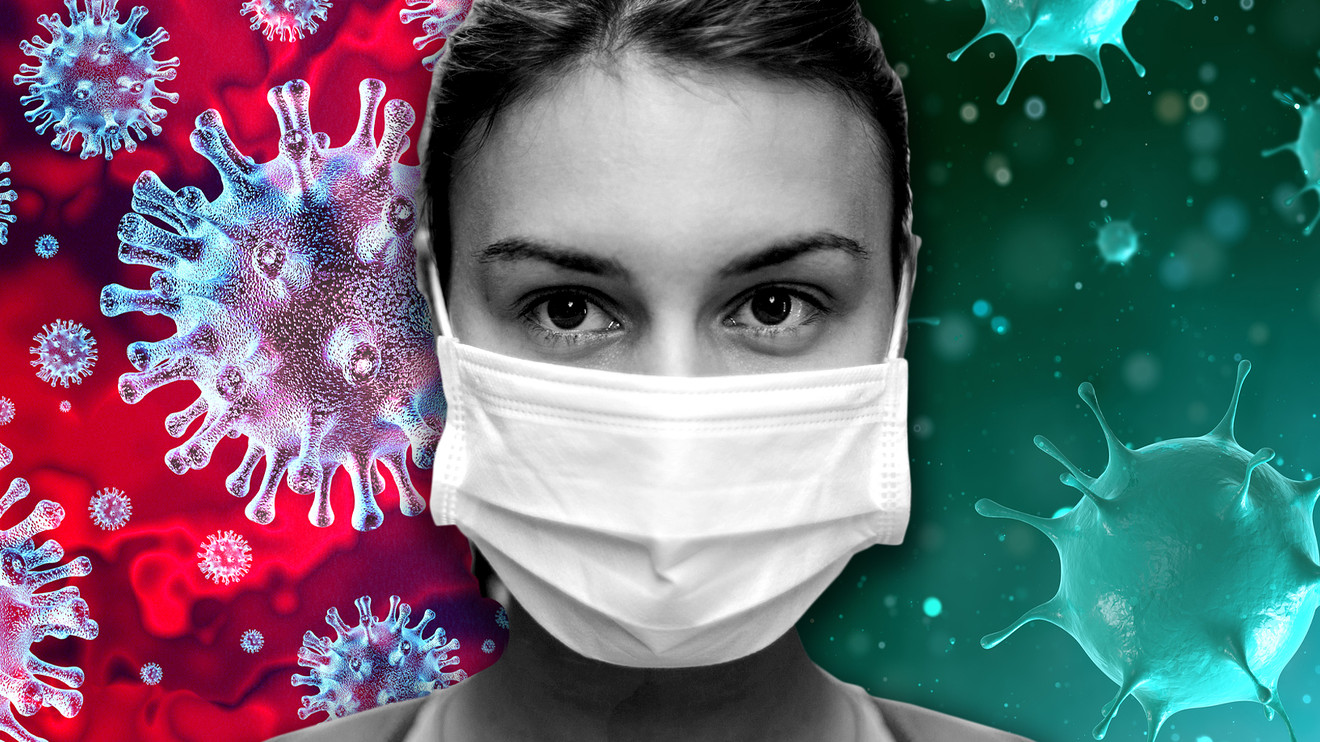Prevent Coronavirus Spreading With Right Mask: 3 Points to Know

When was the last time you were struck in the face by blood or other bodily fluids during surgery? Studies1 show such incidents occur to OR staff, on average, between 45% and 51% of the time, and that’s an excellent reason to be sure you’re wearing a face mask that provides the protection you need.
But with all the options available, knowing how to select the mask that will give you the right level of protection for the task at hand can be confusing.
Fortunately, that process has been made as easy as 1-2-3 with ASTM ratings.
What is ASTM?
ASTM International is a global organization that develops and publishes technical standards for an expansive array of products, materials, systems and services. Today, more than 12,800 ASTM standards are in use around the world, including ASTM F2100-11, the standard for medical face masks since 2012.
Where does the Easy as 1 – 2 – 3 come in?
- Disposable Medical Face Masks with Elastic Ear Loop 3 Ply Breathable and Comfortable
- Disposal Protective Clothing for Medical Use
- N95/KN95 Protective Mask with Elastic Ear Loop
- Surgical Mask with Elastic Ear Loop 3 Ply Breathable and Comfortable
- ZeroVirus Space Portable Sterilization Bar
In developing ASTM F2100-11, the organization tested material used to make medical face masks on five performance metrics. Based on their test scores, ASTM assigns a numerical rating for the barrier performance of the material:
Level 1 - for low risk of fluid exposure
Level 2 - for moderate risk of fluid exposure
Level 3 - for high risk of fluid exposure
So, how will I know how each mask is rated?
Simply look for ASTM Level 1, 2, or 3 on the face mask package. However, not all face masks are ASTM-rated, so it’s important to check before you choose. It’s worth the effort to find face masks that DO carry the ASTM rating, to be sure you’re getting the proper level of protection.
Tell me more about how masks are tested
The five performance metrics and their related tests are:
Fluid Resistance – Test ASTM F1862
This test evaluates the resistance of a medical face mask to penetration by a small volume (~2 mL) of synthetic blood at a high velocity (80 mmHg, 120 mmHg, or 160 mmHg). The mask either passes or fails based on visual evidence of synthetic blood penetration.
Breathability – Test MIL-M-36954 C: ΔP
This test determines the face mask’s resistance to airflow. A controlled flow of air is driven through the mask, and the pressure before and after is measured. The difference in pressure is divided by the surface (in cm2) of the sample. A lower breathing resistance indicates a better comfort level for the user.
Bacterial Filtration (BFE) – Test ASTM F2101
This test measures the percentage of bacteria larger than 3 microns filtered out by the mask. The challenge material used is Staphylococcus aureus.
Particulate Filtration (PFE) – Test ASTM F2299
This test measures the percentage of particles larger than 1 micron filtered out by the mask. The challenge material used consists of latex aerosol concentrations in a controlled airflow chamber.
Flammability – Test 16 CFR Part 1610: Flame Spread
This test exposes the face mask material to a flame and measures the time required for the flame to proceed up the material a distance of 127 mm (5 inches). Class 1 means the material exhibits normal flammability and is acceptable for use in clothing.
Performance Metric
ASTM F2100-11: Standard Specification for Performance of Materials Used in Medical Face Masks
| TEST | LEVEL 1 BARRIER | LEVEL 2 BARRIER | LEVEL 3 BARRIER |
|---|---|---|---|
| ASTM F1862(Fluid Resistance) | 80 mmHg | 120 mmHg | 160 mmHg |
| MIL-M-36954 C: ΔP (Breathability) | < 4 mm H2O | < 5 mm H2O | < 5 mm H2O |
| ASTM F2101: BFE (Filtration 3μm) | ≥ 95% | ≥ 98% | ≥ 98% |
| ASTM F2299: PFE (Filtration 1μm) | ≥ 95% @ 0.1 micron | ≥ 98% @ 0.1 micron | ≥ 98% @ 0.1 micron |
| 16 CFR Part 1610: Flame Spread (Flammability) | Class 1 | Class 1 | Class 1 |
Does an ASTM-rated face mask provide all the protection I need?
It protects your nose and mouth against splashes and sprays of blood and other bodily fluids, as well as bacteria and particulate matter of the sizes indicated in the above table; however, face masks do not provide respiratory protection against airborne diseases. For that purpose, a respirator is required.
What is a respirator?
A respirator is a personal protective device that is worn on your face, covers at least your nose and mouth, requires fit-testing, and is used to reduce your risk of inhaling hazardous airborne particles (including dust particles and infectious agents), gases or vapors.
One of the most commonly used respirators is a NIOSH-approved N95 Respirator mask, which has been tested to filter out at least 95% of airborne particles. A Surgical N95 Respirator is a NIOSH-approved N95 Respirator that has been cleared by the FDA for use as a surgical mask. Unlike other masks, N95 respirators must be fit-tested for each individual to ensure proper protection.
You may like:
Does Wearing a Mask Protect You from the Flu and Other Viruses?
Test Kit for Coronavirus: SARS-CoV-2 Nucleic Acid Detection Kit (Rapid PCR Fluorescence Method)
Steps to help prevent the spread of COVID-19 if you are sick
LCD Display non-contact infrared thermometer For Body C/F Selection Surface Temperature
